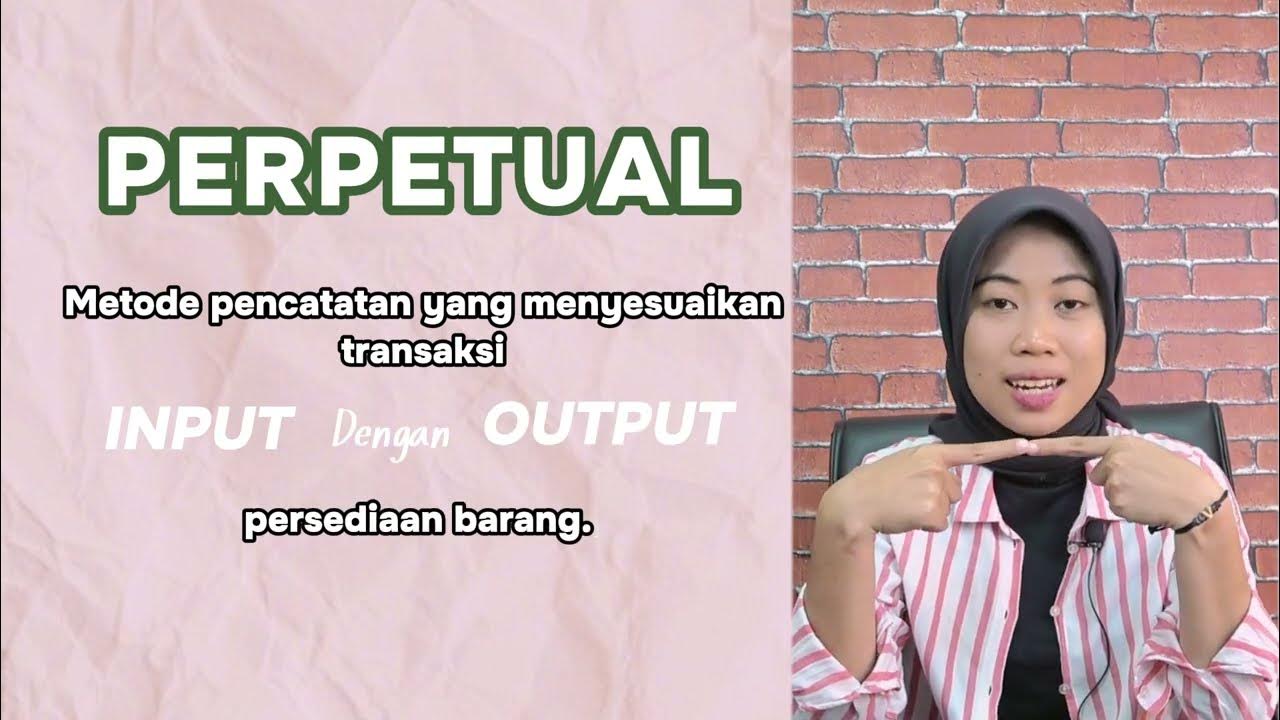Grade 11 Accounting: Inventory System [Periodic System & Cost of Sales Calculations]
Summary
TLDRThis educational video discusses inventory systems, focusing on the periodic versus perpetual inventory methods. It guides viewers through calculating the cost of sales for a school uniform shop using a periodic system, taking into account purchases, returns, and damaged goods. The video also covers how to determine the markup on sales, revealing a 75% markup due to the shop's monopoly-like position, which is critiqued for potentially burdening customers with high uniform costs while benefiting the owner.
Takeaways
- 📚 The video discusses inventory systems, specifically the calculation of cost of sales and markup in a business context.
- 🔍 Two inventory systems are mentioned: Perpetual and Periodic, with the latter being used by the business owner in the example.
- 💡 The Perpetual inventory system is deemed expensive and time-consuming, which is why the business owner chose not to use it.
- 🛒 The cost of sales is calculated manually under the Periodic inventory system using a specific formula involving opening stock, purchases, and closing stock.
- 📈 The script provides a detailed example of calculating the cost of sales for a business selling school uniforms, including various adjustments.
- 📝 The calculation of cost of sales involves adding net purchases and carriage on purchases, then subtracting closing stock and other relevant deductions.
- 🔢 The video script includes specific numerical values for the business's opening and closing stock, purchases, and additional costs like carriage on purchases.
- 📉 The business had to account for damaged goods returned to the supplier and stock donated to a child home, both of which affected the cost of sales calculation.
- 💰 The script explains how to calculate the markup on the school uniforms sold by applying a formula involving gross profit and cost of sales.
- 🤔 The video ends with a discussion on the implications of a 75% markup, suggesting it might be high due to the business's monopoly-like position.
- 📢 The presenter encourages viewers to subscribe for more educational content, indicating the channel covers a range of educational levels from grade 10 to university.
Q & A
What are the two main types of inventory systems discussed in the video?
-The two main types of inventory systems discussed are the Perpetual Inventory System and the Periodic Inventory System.
Why might S. Sitole choose not to use the Perpetual Inventory System?
-S. Sitole might choose not to use the Perpetual Inventory System because it is expensive to implement, requiring the purchase of a computer and software, and it is time-consuming due to the need to constantly update the system with each sale.
What is the formula used to calculate the cost of sales under a periodic inventory system?
-The formula to calculate the cost of sales under a periodic inventory system is: Opening stock + Net purchases + Carriage on purchases - Closing stock.
What additional cost is considered in the calculation of purchases in the video?
-The additional cost considered in the calculation of purchases is the Carriage on purchases, which is the transport cost for the goods.
How many delivery orders were made during the year according to the video?
-According to the video, 19 separate delivery orders were made during the year.
What was the cost of carriage per delivery for the school uniforms?
-The cost of carriage per delivery for the school uniforms was 500 Rand.
What is the formula to calculate the markup on the school uniforms?
-The formula to calculate the markup is: (Gross profit / Cost of sales) * 100.
What is the sales amount given in the video for the year ended 28 February?
-The sales amount given in the video for the year ended 28 February is 742,000 Rand.
What is the calculated markup percentage for S. Sitole's school uniforms?
-The calculated markup percentage for S. Sitole's school uniforms is 75%.
What are some reasons the presenter gives for the high markup on the school uniforms?
-Some reasons given for the high markup include the fact that the uniform is a necessity for students, there is no competition as it's the only shop selling uniforms in the area, and the seller is taking advantage of the lack of choice for the customers.
What is the presenter's opinion on the high markup percentage?
-The presenter believes that while the high markup is good for the owner's profit, it is not beneficial for the customers, especially considering that uniforms are a necessity for learners.
Outlines

Cette section est réservée aux utilisateurs payants. Améliorez votre compte pour accéder à cette section.
Améliorer maintenantMindmap

Cette section est réservée aux utilisateurs payants. Améliorez votre compte pour accéder à cette section.
Améliorer maintenantKeywords

Cette section est réservée aux utilisateurs payants. Améliorez votre compte pour accéder à cette section.
Améliorer maintenantHighlights

Cette section est réservée aux utilisateurs payants. Améliorez votre compte pour accéder à cette section.
Améliorer maintenantTranscripts

Cette section est réservée aux utilisateurs payants. Améliorez votre compte pour accéder à cette section.
Améliorer maintenantVoir Plus de Vidéos Connexes

Lesson 030 - Accounting for Merchandising Operations 4: Periodic and Perpetual Inventory System

FIFO Periodic & Perpetual I Pengantar Akuntansi

Grade 11 Accounting Term 3 | Inventory System | Part 1 of 2024

7. Gr 11 Accounting - Inventories - Theory Presentation

Perbedaan METODE PERPETUAL VS METODE PERIODIK | Belajar Kilat IAI JATIM

PENCATATAN METODE PERIODIK DAN METODE PERPETUAL
5.0 / 5 (0 votes)
